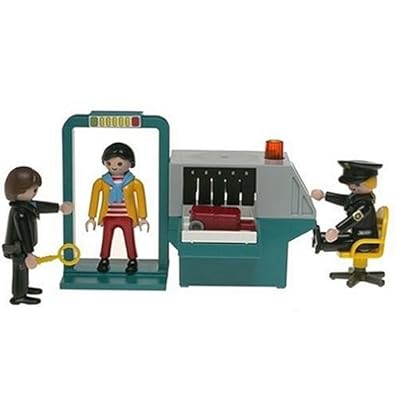You Can Run But You Can’t Hide: Another Lesson From the Gulf Spill
My good friend, Art Taber, sent me a link to BP'sRegional Oil Spill Response Plan – Gulf of Mexico dated June 30, 2009. Although Art is not an emergency manager, he took the time to read the 583 page document and offered the following observations:
- In a section titled “Sensitive Biological & Human-Use Resources,” the plan lists “seals, sea otters and walruses” as animals that could be impacted by a Gulf of Mexico spill;
- It lists a Japanese home shopping website as the link to one of its "primary equipment providers for BP in the Gulf of Mexico Region [for] rapid deployment of spill response resources on a 24 hour, 7 days a week basis". While I can't read Japanese, it does seem to me that: http://www.msrc.com/Equipment.htm is not a purveyor of oil-spill related cleanup supplies or heavy equipment;
- It directs BP media spokespeople to never make "promises that property, ecology, or anything else will be restored to normal." {Like the statements that their CEO has been making?};
- It contains no information about tracking sub-surface oil plumes from deep water blowouts such as those now billowing from the damaged oil well that the Deepwater Horizon was drilling before it exploded on April 20. {Like those plumes that BP denies are occurring?};
- It includes no information about currents, tides, prevailing winds, possible hurricanes or other oceanographic or meteorological conditions, even though such data are essential for effective oil spill response;
- It contains no information about preventing disease transmission (such as viruses or bacteria) to captured animals in rehabilitation facilities, which was identified as a serious risk after the Exxon Valdez oil spill in 1989;
- In the chapter on "Worst Case Discharge" offers assurances that within hours of any incident, regardless of size, "personnel, equipment, and materials in sufficient quantities and recovery capacity to respond effectively to oil spills from the facilities and leases covered by this plan, including the worst case discharge scenarios" will be deployed.
Whether Art's observations are accurate is not the point. What is important is that in this day and age, your plans are readily accessible to informed and involved citizens like my friend Art and you will be held accountable for their contents in the court of public opinion. And before you use this as an argument that your plans should notbe posted on the Internet, remember that these plans must be provided to a private citizen if you're a government agency under the Freedom of Information Act or during pre-trial discovery in a lawsuit if you're a private organization. Regardless, electronic media files are still easier to leak to the media than hard copies were in the days of the Pentagon Papers. Sooner or later, the public is going to get to read them.
So what's the solution? Do I really need to spell it out? Stop writing plans merely to meet requirements and start writing plans that really address the problems they were intended to solve. Want it simpler? Do the right thing.
